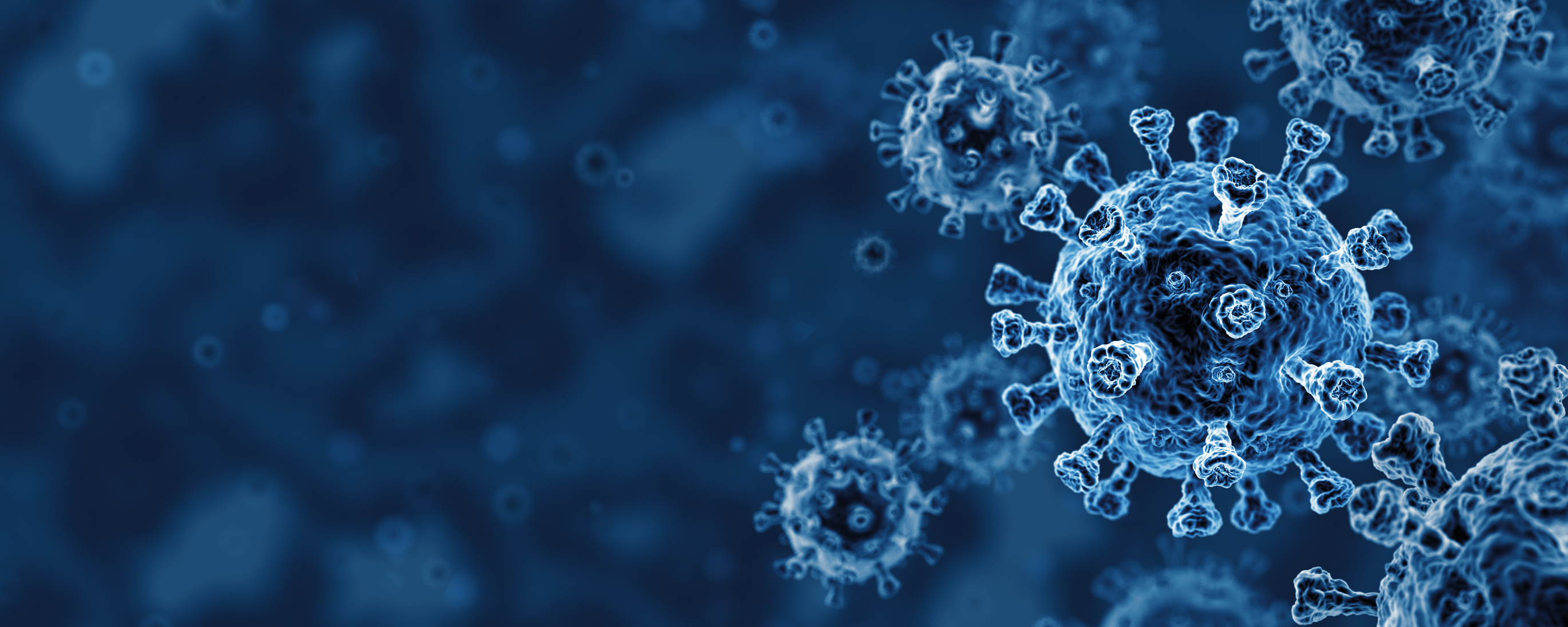If the COVID-19 pandemic has done one thing, it’s made us all more familiar with some of the important players in the immune system. Antibodies, B cells, and T cells are among the best known parts of the body’s response to a virus like SARS-CoV-2, but they don’t act alone.
In a paper published on August 18 in the journal Cell, scientists report that innate immune cells—a critical part of the immune system activated to battle COVID-19—remain altered for at least a year after infection. The finding suggests that these cells may play a role in some of the lingering symptoms associated with Long COVID, although more studies are needed to confirm that connection.
The innate immune system is the body’s first line of defense, made up of general pathogen-fighting cells that are designed to recognize and fight off all kinds of pathogens, including bacteria, viruses, fungi, and parasites in a non-specific way. (B cells and T cells, in contrast, are more customized to remember and recognize specific pathogens, and only those pathogens.) Steven Josefowicz, an associate professor of pathology and laboratory medicine at Weill Cornell Medical College, and his colleagues found, however, that even innate immune cells retain some memory of fighting SARS-CoV-2 after a severe infection. This recall, and the response it generates, can last for at least a year after infection.
The new paper has important implications for understanding how the immune system—even the less bespoke parts that aren’t targeting specific bacteria or viruses—is changed by infections. Understanding these alterations could also shed light on why some people continue to experience long-term symptoms after encountering SARS-CoV-2, says Josefowicz.
He and his team focused on the parent cells of innate immune cells—stem cells in the bone marrow that continuously replenish the supply of these immune cells. Since most of these stem cells reside in the bone marrow, the easiest way to access them is through a bone marrow aspiration, a painful and invasive procedure in which doctors puncture a portion of the hip bone to reach the marrow. A small number of these stem cells, however, circulate in the blood, and Josefowicz conducted studies to not only extract and enrich their numbers from blood samples, but to confirm that they represent the same stem cells found in the marrow. That allowed him to study these cells from patients who were admitted to the ICU with severe COVID-19 infections by collecting their blood, rather than obtaining bone marrow biopsies.
By analyzing those stem cells, “what’s clear is that the immune system is fundamentally changed after a severe infection like COVID-19,” he says. These cells contain genetic changes that alter which genes they express, skewing them toward generating more inflammatory factors. The change lasts for at least a year following a severe COVID-19 infection, which is how long Josefowicz studied cells from a few dozen patients. Since these stem cells are responsible for producing more copies of innate immune cells, the changes in the genes they express are carried over to the new generations of cells they make. When he studied the cells in a dish, Josefowicz found that they’re capable of producing higher levels of inflammatory factors and are more likely to migrate—which, in a human body, means they can spread their inflammatory effects to other tissues. In animal models, these hyper responsive cells preferentially gravitate toward the lungs, brain, and heart, some of the organs most heavily affected by Long COVID.
The higher levels of inflammatory factors may be a response to the intense effect of a severe SARS-CoV-2 infection. “Severe COVID-19 could look to the immune system like the beginning of a chronic infection,” says Josefowicz, “and since the immune system is having trouble clearing this particular pathogen, it’s pulling out all the stops to give itself a better chance of dealing with the virus.”
Whether this memory of COVID-19 is contributing to Long COVID isn’t clear yet, but the research could inspire additional studies to better understand how viruses like SARS-CoV-2 affect the immune system, both in the short and long term. “This is the beginning of a very long story that will hopefully open up our understanding of how viral infections, and in particular COVID-19, are different from a cold,” says Dr. Lindsay Lief, director of the medical ICU and post ICU recovery clinic at Weill Cornell New York Presbyterian Hospital and one of the co-authors of the paper. “We need to understand how infections change the immune system to impact not just what symptoms you experience, but how you respond to your next infection or your next vaccination.”
The pandemic provided the scientists with a unique opportunity to study how the immune system changes in response to a virus, since so many people were infected at the same time, and there were no vaccines to confound the immune response. All of the blood samples came from participants who were admitted to the ICU in the spring of 2020 with severe COVID-19 infections, before vaccines were available.
Because the participants’ health records during their ICU stay were available, the researchers could look at any treatments they were given, and they found a potentially useful clue about one intervention that could mitigate how much the immune system was altered. People who received drugs to block IL6, which causes inflammation and increases in response to an infection, seemed to show lower levels of innate immune cells that were prone to producing inflammatory factors. While the drug did not have much effect in improving people’s severe COVID-19 symptoms while in the ICU, the study suggests it might have suppressed some of the gene expression changes in the innate immune stem cells. That in turn could reduce the chances of Long COVID-like symptoms from developing in these people, although more studies are needed to confirm that theory.
“What we hope now is that others will use our approaches to link these types of changes to different clinical outcomes and disease states,” says Josefowicz. “Since these blood cells are more plastic than most people presumed they would be, it offers the therapeutic possibility of returning them toward a more healthy state [after an infection].”








